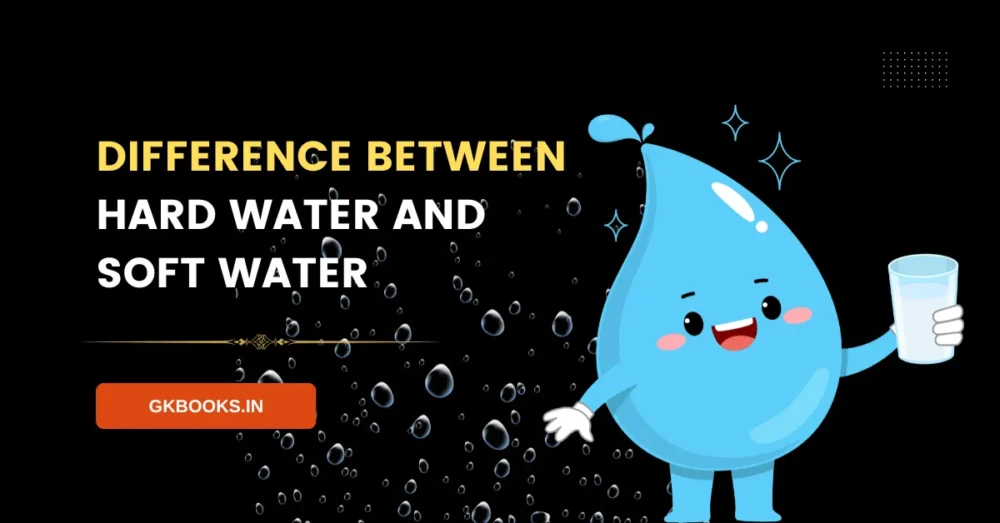Understanding basic metallurgy is crucial for exams such as SSC, RRB NTPC, UPSC, and state-level exams. One common question that often appears in the General Science section is:
🔍 What is the difference between Calcination and Roasting?
Let’s break it down in a simple and easy way!
What are Calcination and Roasting?
Before learning the difference, let’s first understand what these two terms mean.
What is Calcination?
- Calcination is the process of heating a substance in the absence or limited supply of air.
- It is mainly used to remove moisture, volatile impurities, or carbon dioxide from ore.
🧾 Example:
When calcium carbonate (CaCO₃) is heated, it breaks into calcium oxide (CaO) and carbon dioxide (CO₂) gas.
CaCO₃ → CaO + CO₂↑
🎯 This is a calcination reaction.
What is Roasting?
- Roasting is the process of heating an ore in the presence of excess air or oxygen.
- It helps to remove sulphur or arsenic impurities and converts the ore into oxide.
🧾 Example:
When zinc sulphide (ZnS) is heated in air, it forms zinc oxide (ZnO) and sulphur dioxide (SO₂).
2ZnS + 3O₂ → 2ZnO + 2SO₂↑
🎯 This is a roasting reaction.
Difference Between Calcination and Roasting
| Feature | Calcination | Roasting |
|---|---|---|
| Definition | Heating of ore in the absence or limited supply of air | Heating of ore in excess supply of air or oxygen |
| Purpose | To remove volatile impurities (like water, CO₂) | To convert sulphide ores to oxides |
| Type of Ore Used | Carbonates and hydroxide ores | Sulphide ores |
| Main Chemical Change | Carbonates → Oxides + CO₂ | Sulphides → Oxides + SO₂ |
| Temperature | Moderate to high | High |
| Products Formed | Metal oxides | Metal oxides + Sulphur dioxide |
| Air/Oxygen Requirement | Limited or no air | Abundant air |
| Examples | CaCO₃ → CaO + CO₂ZnCO₃ → ZnO + CO₂ | 2ZnS + 3O₂ → 2ZnO + 2SO₂ |
Trick to Remember
📝 Use this simple trick:
“Calcination – C for Carbonates, done with Controlled air.”
“Roasting – R for Rich air (excess air), used for sulfide ores.”
Important Points to Remember
- Calcination and Roasting are both metallurgical processes (used to extract metals from ores).
- They help convert ores into oxides, which are easier to reduce to pure metals.
- These concepts are often asked in objective-type questions.
Practice Questions for Exams
🧠 Try these simple questions:
- Which process is used for carbonate ores — Calcination or Roasting?
✅ Answer: Calcination - What gas is released during roasting of sulphide ores?
✅ Answer: Sulphur dioxide (SO₂) - What is the product when CaCO₃ is heated in limited air?
✅ Answer: CaO and CO₂
Summary
| Calcination | Roasting |
|---|---|
| Heated without air | Heated with excess air |
| Used for carbonate ores | Used for sulfide ores |
| Removes CO₂ and moisture | Removes sulphur and arsenic |


